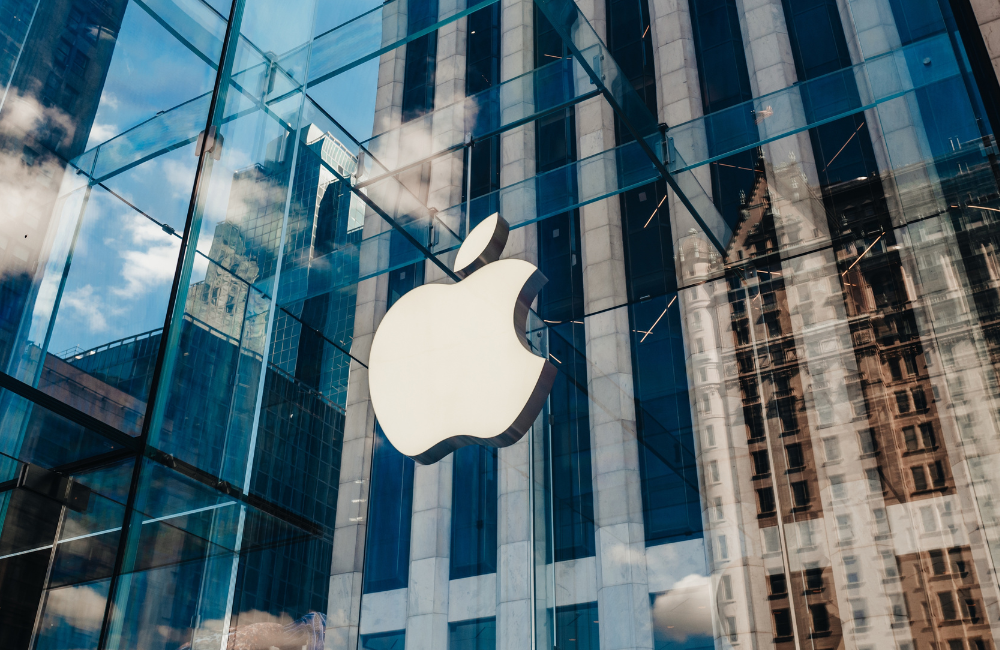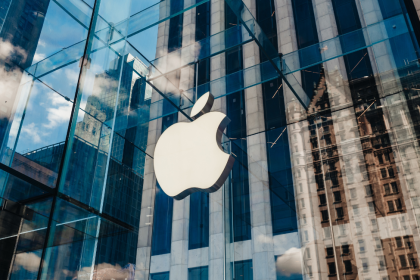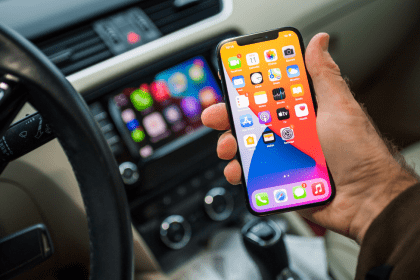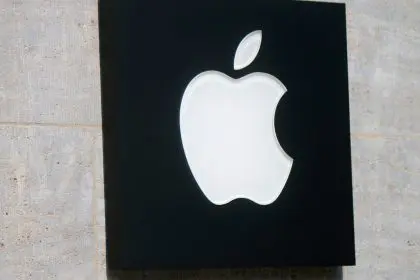Apple is reportedly developing a budget-friendly MacBook featuring an iPhone processor. This strategic move could revolutionize the laptop market by bringing premium Apple technology to more affordable price points.
According to analyst Ming-Chi Kuo, Apple is planning to launch a low-cost MacBook powered by the iPhone 16 Pro processor, the A18 Pro chip, instead of the company’s M-series silicon. Kuo has maintained a strong track record in predicting Apple’s product launches, making him one of the most reliable sources for Apple rumors in the industry.
The new device is reportedly a 13‑inch laptop aimed at undercutting the current M4 MacBook Air, which starts at $999, and is said to enter production later this year or in early 2026. Industry experts suggest this could position Apple to compete more aggressively with Chromebooks and budget Windows laptops in educational markets worldwide.
“Expected to enter mass production in late 4Q25 or early 1Q26, with an approximately 13‑inch display and powered by the A18 Pro processor,” Kuo wrote on social media. “Potential casing colors include silver, blue, pink, and yellow.” The colorful design language mirrors Apple’s successful iPhone and iMac strategies, which have proven popular among younger consumers and educational institutions.
The analyst also predicts the model could ship 5 – 7 million units in 2026, helping Apple return to peak MacBook volumes. This projection suggests significant market demand for a more affordable Apple laptop option that maintains the company’s premium build quality and software ecosystem integration.
This would mark the first MacBook to use an iPhone-class chip instead of the usual M‑series silicon, which has been the standard in MacBooks since its introduction with the M1 in 2020. The transition represents a bold departure from Apple’s current laptop strategy and could establish new performance benchmarks for budget computing devices.
The A18 Pro – currently found in the iPhone 16 Pro and 16 Pro Max – matches the original M1’s multi-core performance and even rivals later chips in single-core tests. This impressive performance capability suggests users won’t need to sacrifice power for affordability, making it attractive for students and professionals with basic computing needs.
Its lower power consumption could allow for a slimmer, cooler chassis or colored plastic options. The reduced thermal requirements might enable Apple to create an even thinner design than current MacBook Air models, potentially revolutionizing portable computing form factors while maintaining excellent battery life performance.
Apple has yet to comment, and Kuo’s report remains unverified – meaning details, price and design still hinge on Apple’s internal plans. The company typically maintains strict secrecy around unreleased products, with official announcements usually coming months before actual product launches through carefully orchestrated media events.
If it launches below the current MacBook Air price point, this model could expand Apple’s reach in education and budget-conscious markets – though much depends on final specifications and pricing. Educational institutions represent a significant growth opportunity, with many schools currently favoring less expensive alternatives over Apple products due to budget constraints.
The potential MacBook could bridge the gap between iPad and traditional laptop functionality, offering desktop-class applications in a more affordable package. This strategy aligns with Apple’s broader ecosystem approach, encouraging users to invest in multiple Apple devices that work seamlessly together across different price segments.
The timing coincides with increased competition in the budget laptop space, with manufacturers offering compelling alternatives at various price points. Apple’s entry into this segment could reshape consumer expectations for affordable computing devices while maintaining the premium experience the brand is known for.
Market positioning suggests this could become Apple’s most accessible laptop option, potentially opening new demographic segments to the Mac ecosystem. The combination of iPhone-level processing power, colorful design options, and competitive pricing could attract first-time Mac users who previously considered Apple laptops too expensive for their needs.
















